Toyota Bets Big On Big Data

Toyota announced today what it calls the “Big Data Traffic Information Service,” a giant mashup of data harvested from currently 3.3 million of telematics users in Japan, and 700,000 Toyota customers equipped with a Digital Communication Module (DCM), a gizmo that constantly monitors and transmits vehicle data. Combined with other telematics data, the harvest powers navigation and information services. Unlike other systems, Toyota’s on-line platform can also be used by local governments and businesses.
Being a Japanese system, the Big Data service is heavy on disaster management and relief functions. As long as the cellphone data network has not been wiped out, the system provides routes to and locations of evacuation sites, even the possible heights of a tsunami, should one strike. The system can communicate with on-board systems, smartphones, tablets etc. The system is relatively low-cost. An annual subscription by users costs $25. Disaster information is free of charge. Commercial users can book the platform and 100,000 transactions for $2,000 per month.
A system that uses cars as data collection sensors, or “T-Probes” as they are called here, is a natural for Toyota in Japan, where it enjoys a 40 percent market share. This makes for fine-grained data collection, even in locations off the beaten path. From ABS activations for instance, the system deduces that the road is slippery. From the speed of individual T-Probe cars, the system instantly knows the location of traffic jams or slow-moving traffic. It even knows your individual speed, “but we won’t sell that data to the police,” Hiroyuki Yamada, General Manager of the E-Toyota Division, promised to me today. Auto-supplied data is augmented by crowd-sourced information. Should I find a big obstacle on the road that was fallen off a truck, I can drop a “stuff on street” icon on the map and warn people behind me, a function that should make the system popular with 4chan.
The cloud-based system has been developed together with Microsoft, using MSFT’s Azure platform, a joint venture that was announced two years ago.

Bertel Schmitt comes back to journalism after taking a 35 year break in advertising and marketing. He ran and owned advertising agencies in Duesseldorf, Germany, and New York City. Volkswagen A.G. was Bertel's most important corporate account. Schmitt's advertising and marketing career touched many corners of the industry with a special focus on automotive products and services. Since 2004, he lives in Japan and China with his wife <a href="http://www.tomokoandbertel.com"> Tomoko </a>. Bertel Schmitt is a founding board member of the <a href="http://www.offshoresuperseries.com"> Offshore Super Series </a>, an American offshore powerboat racing organization. He is co-owner of the racing team Typhoon.
More by Bertel Schmitt
Latest Car Reviews
Read moreLatest Product Reviews
Read moreRecent Comments
- Jalop1991 There is no inflation. Everything is cheaper than it was 5 years ago. SHRIMP AND GRITS!
- ChristianWimmer Exterior and interior look pretty flawless for such a high mileage car. To me this is an indication that it was well-maintained and driven responsibly. It’s not my cup of tea but it’s bound to find an enthusiastic owner out there.And with ANY car, always budget for maintenance.
- Fred I'm a fan and watch every race. I've missed a few of the live races, but ESPN repeats them during more reasonable hours.
- Mikesixes It has potential benefits, but it has potential risks, too. It has inevitable costs, both in the price of the car and in future maintenance. Cars with ABS and airbags have cost me at least 2000 bucks in repairs, and have never saved me from any accidents. I'd rather these features were optional, and let the insurance companies figure out whether they do any good or not, and adjust their rates accordingly.
- Daniel Bridger Bidenomics working.



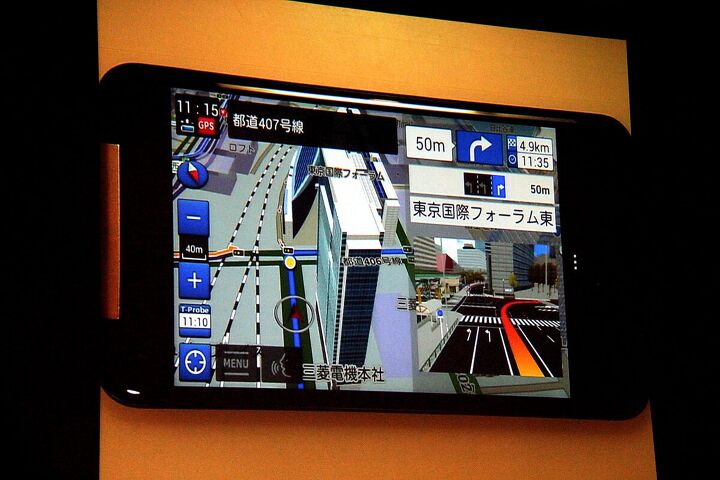


















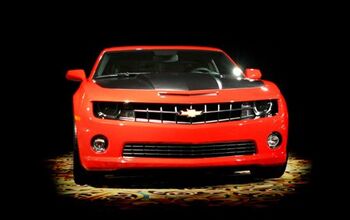
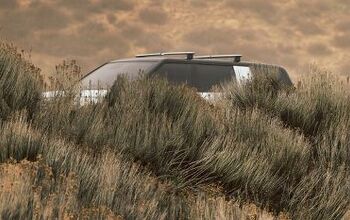

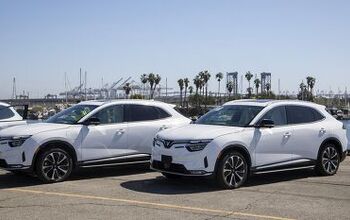
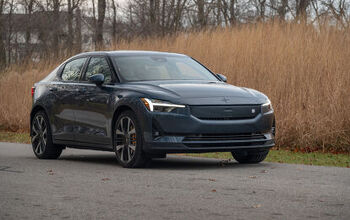
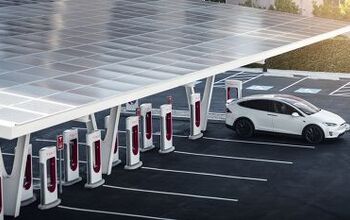
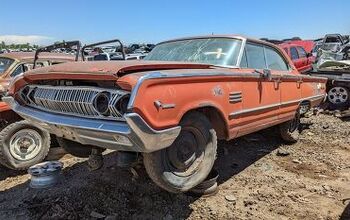
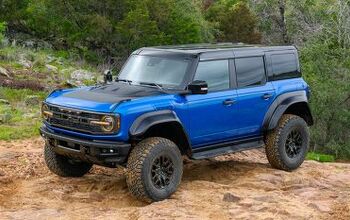

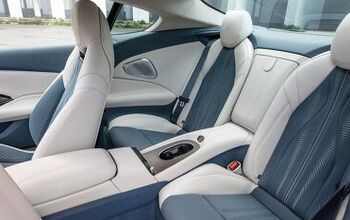

Comments
Join the conversation
Facebook and Google are also trying to acquire Waze at over $1 billion valuation.
I have no desire for tracking devices in my car. Japan doesn't have a vast array of traffic cameras to find this information?